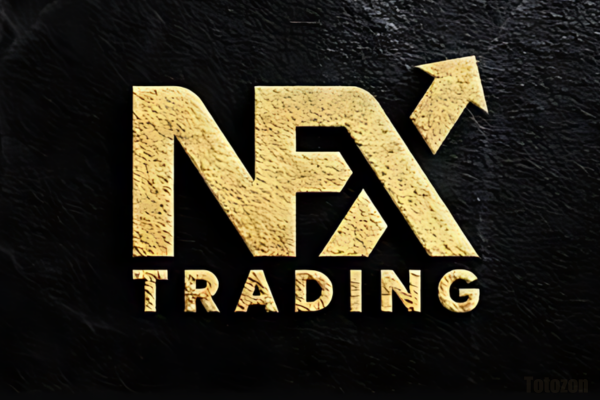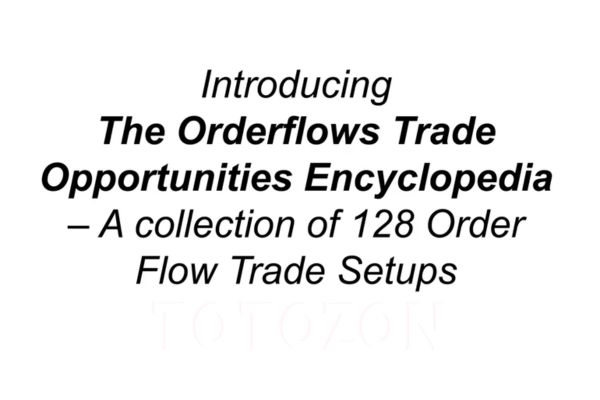The Complete Guide to Multiple Time Frame Analysis & Reading Price Action with Aiman Almansoori
$1,399.00 Original price was: $1,399.00.$179.00Current price is: $179.00.
File Size: 2.88 GB
Delivery Time: 1–12 hours
Media Type: Online Course
Content Proof: Watch Here!
You may check content proof of “The Complete Guide to Multiple Time Frame Analysis & Reading Price Action with Aiman Almansoori” below:
The Complete Guide to Multiple Time Frame Analysis & Reading Price Action with Aiman Almansoori
Welcome to the comprehensive guide on mastering multiple time frame analysis and reading price action, as taught by the renowned financial expert Aiman Almansoori. Whether you’re a budding trader or an experienced market player, this guide will elevate your trading strategy to the next level by deepening your understanding of market dynamics across different time frames. Let’s dive into the insights and techniques that can transform your trading approach.
Introduction to Multiple Time Frame Analysis
What is Multiple Time Frame Analysis?
Multiple time frame analysis involves monitoring the same currency pairs or stocks across different time frames, enabling traders to gain a comprehensive view of the market’s movements and underlying trends. This method not only increases the accuracy of predictions but also helps in minimizing risk.
Benefits of Using Multiple Time Frames
- Enhanced Market Understanding: See the bigger picture and the finer details simultaneously.
- Improved Entry and Exit Points: Sharpen your precision in market entry and exit decisions.
- Risk Management: Identify and manage potential risks more effectively.
Reading Price Action with Aiman Almansoori
Understanding Price Action
Price action trading involves making all trading decisions based on the price movements of an asset, rather than relying on external signals or indicators. Aiman Almansoori emphasizes the purity of this technique, which relies heavily on psychological and market sentiment indicators.
Key Components of Price Action
- Support and Resistance Levels: Identify where the prices tend to halt and change direction.
- Price Patterns: Recognize patterns that indicate the potential future movements.
- Volume: Understand the strength behind price movements.
Integrating Multiple Time Frames and Price Action
Step-by-Step Guide to Integration
- Select Your Time Frames: Typically a combination of long, medium, and short-term frames.
- Analyze the Trend: Look for trends and patterns across these frames.
- Confirm with Price Action: Use price action to confirm the trends identified in your multiple time frame analysis.
Example of a Trading Decision
Let’s consider a scenario where you observe a bullish pattern in the weekly frame, which aligns with a strong upward move in the daily and hourly charts. This alignment, confirmed through observed price action, signals a strong buy.
Tools and Techniques
Essential Tools for Traders
- Charting Software: Tools like TradingView or MetaTrader offer comprehensive capabilities.
- Technical Indicators: Although the focus is on price action, indicators like moving averages can provide additional insights.
Aiman Almansoori’s Top Techniques
- Market Sentiment Analysis: Gauge market emotions to predict movements.
- Behavioral Economics: Apply psychological insights to anticipate market decisions.
Practical Application and Case Studies
By examining real-life applications and case studies, Aiman Almansoori provides practical insights into how multiple time frame analysis and reading price action can be used to make informed trading decisions.
Common Mistakes to Avoid
- Overcomplicating Strategies: Simplicity is key in trading.
- Ignoring Longer Time Frames: This can lead to missing out on broader trends.
Conclusion
Understanding multiple time frame analysis and price action requires patience and practice, but with guidance from experts like Aiman Almansoori, traders can significantly enhance their ability to forecast and capitalize on market movements. Embrace these strategies to not only improve your trading results but also to gain a deeper market insight.
FAQs
1. What is the best time frame for a beginner to start with? Begin with longer time frames to understand overall trends before moving to shorter, more volatile frames.
2. How much time should I spend on analysis daily? This depends on your trading style; however, a balanced approach would be 1-2 hours reviewing various time frames and market conditions.
3. Can multiple time frame analysis be used for all trading instruments? Absolutely, it’s applicable across stocks, forex, commodities, and more.
4. What is the single most important element in price action trading? The key is understanding the price itself—what it tells you about market sentiment and future movements.
5. How do I know if I’m ready to trade live? Ensure you are consistently profitable on a demo account and have a solid understanding of market analysis techniques.
Be the first to review “The Complete Guide to Multiple Time Frame Analysis & Reading Price Action with Aiman Almansoori” Cancel reply
You must be logged in to post a review.
Related products
Forex Trading
Forex Trading
Forex Trading
Forex Trading
The Complete Guide to Multiple Time Frame Analysis & Reading Price Action with Aiman Almansoori
Forex Trading
Forex Trading
Quantamentals – The Next Great Forefront Of Trading and Investing with Trading Markets
Forex Trading
Forex Trading
Forex Trading
Forex Trading
Forex Trading
Forex Trading
Forex Trading






















Reviews
There are no reviews yet.